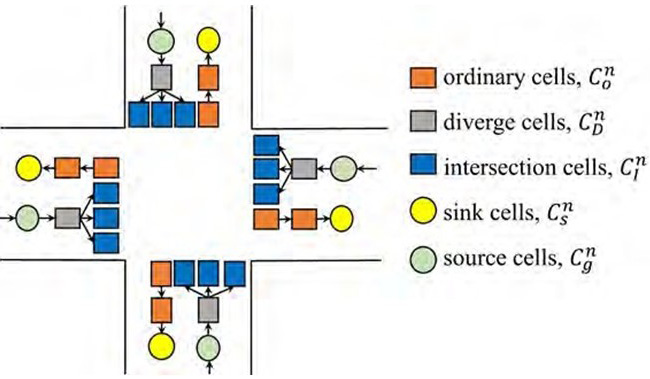Because WSDOT maintains 1,000 signalized intersections throughout the state, it is important for WSDOT to plan for connected and autonomous vehicle (CAV) technology and the information it generates, which may greatly help reduce congestion. However, currently there is no real-time, reliable, and multimodal approach for controlling the timing of signalized intersections in a connected or semi-connected arterial or urban street network. This project was intended to help WSDOT identify the technological issues and requirements of integrating connected vehicle hardware in existing traffic signal systems.
As part of the Traffic Signal Phase and Timing (SPaT) Challenge, the American Association of State Highway Transportation Officials, the Institute of Transportation Engineers, and the Intelligent Transportation Society of America challenged state and local public transportation agencies to work together to deploy dedicated short-range communication (DSRC) infrastructure with SPaT broadcasts in corridors of 20 intersections. The primary objective of this project was to help WSDOT select the right time and corridor locations for the SPaT challenge and related deployments so it could meet the technological needs and compatibilities of the test and ensure significant outcomes.
To select the right corridors for studying the SPaT challenge in Washington state, the research team conducted a short survey among state transportation agencies that had either implemented or planned to implement DSRC in their traffic controllers. The research team contacted 21 state departments of transportation with questions about their reasons for selecting a corridor for DSRC deployment, the type and brand of signal controllers used in the selected corridors, the software used in the signal controller, and the connected vehicle (CV) applications deployed in the selected corridors.
The survey results indicated which criteria state DOTs used to select corridors for implementing the DSRC technology. WSDOT selected three corridors to analyze the impacts of implementing CV technology on the mobility performance of transportation systems: SR 522 in Seattle, SR 503 in Vancouver, and SR 27 in Spokane. With ten, four, and three intersections, respectively, the corridors also accommodated several public transit routes.
The research team also developed an adaptive signal control methodology to control the timing of signalized intersections in a multi-class vehicle and semi- and fully connected transportation network. The methodology is able to control signals with only detector data, only CV data, or both. In addition, the methodology is responsive to traffic demand and can prioritize the movement of transit vehicles. It can also determine the location, ideal implementation date (in relation to CV penetration rates), and expected benefits of connected corridors from both operational and technological perspectives.
The researchers used the methodology to analyze the potential impacts of CVs on traffic operations in WSDOT’s selected corridors under various CV market penetration rates. The results showed that traffic operations improved with increasing CV market penetration rates, as expected. However, the improvement in mobility performance measures depended on the demography and traffic demand levels in the corridor. For instance, the signal system that used only available CV data required 30 percent, 50 percent, and 70 percent CV market shares for the SR 522, SR 503, and SR 27 corridors, respectively, to outperform the signal control system that used only loop detector data. Analysis also showed that the integration of CV and loop detector data consistently outperformed detector-based signals at low CV penetration rates. In addition, increasing CV market share helped improve the travel time reliability of both passenger cars and transit buses.
Report: WA-RD 902.1
Authors:
Ali Hajbabaie
SMA Bin Al Islam
Mehrdad Tajalli
Rasool Mohebifard
North Carolina State University
Sponsor: WSDOT
WSDOT Technical Monitor: Ted Bailey
WSDOT Project Manager: Doug Brodin

